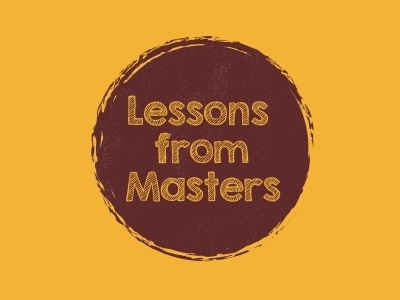A solid business model helps in setting up a sustainable business practice and creates a set of happy clients and a strong team. It also helps in creating value proposition and positioning yourself competitively.
To address the queries that MFDs have around creating a business model, the latest episode of ‘Lessons from the Masters’ hosted Bharat Phatak, Director & Promoter, Wealth Managers India to get them resolved. In conversation with KS Rao, Head - Investor Education & Distribution Development, Aditya Birla Sun Life MF, Bharat addressed some of the most pertinent questions one after the other.
Here are some of the many questions that were taken up in the episode.
What does a professional service model look like?
There should be a clear bifurcation of roles and responsibilities. In a professional service model, senior members typically look into marketing and client relations. Clients prefer having a single point of contact and seek comfort in dealing with senior personnel. Managers normally handle day-to-day supervision as well as coordination. On the other hand, juniors complete technical tasks.
Traditionally seniors, managers and juniors are known as finders, minders and grinders respectively. As they progress, grinders become minders and minders become finders. The mix of these three is determined by client work.
What do different stakeholders seek?
Clients seek performance and service. You must get inside their psyche and manage their expectations. Add value by building a portfolio to help clients create wealth. Also, focus on providing quality services quickly. Try out new things and develop expertise in your area.
Team members want growth and satisfaction. There is a simple formula to keep your team member’s morale high - Mission X Cash X Congratulation. This simply means appreciating and rewarding your team every time they fulfil their responsibility to keep their spirit high. This is also the secret to retaining your team members.
When it comes to owners, they seek profits and recognition.
Design your business model in a way that it meets the expectations of all stakeholders and make it your mission statement.
What if it is a one-man show?
Leverage on the power of one.
If today you are working in an independent setup, it allows you to understand and resolve issues right from the grassroots level. This forms a learning ground for all professionals who will have their own team tomorrow.
You must not hesitate from hiring team members. Think of it this way, hiring somebody can free you from the mundane task and will give you more time for other important tasks.
Some other quick questions
Why is collaborating important?
Working together with other professionals creates synergy and helps in developing expertise in a particular area.
What is the essence of asset allocation?
Asset allocation doesn’t mean compromising on returns, it means managing the volatility better.
What to keep in mind while asking for referrals?
Have a casual discussion with your clients to identify the type of people in their network. Ask for referrals only if they fall in the same client segment that you cater to. In case you get referrals and find them to be a mismatch to your target segment, you may not want to connect with them and land up hurting your clients’ sentiments unintentionally. This is why applying the primary filter is important.
What is the key thing to keep in mind while dealing with clients?
We are operating in a VUCA world i.e. volatility, uncertainty, complexity and ambiguity. Always keep clients’ interest first and help them understand the cyclical functionality and risks & returns better.
To sum it up, the latest episode of ‘Lessons from the Masters’ touched upon every facet of business that helps in creating a sustainable business practice.







